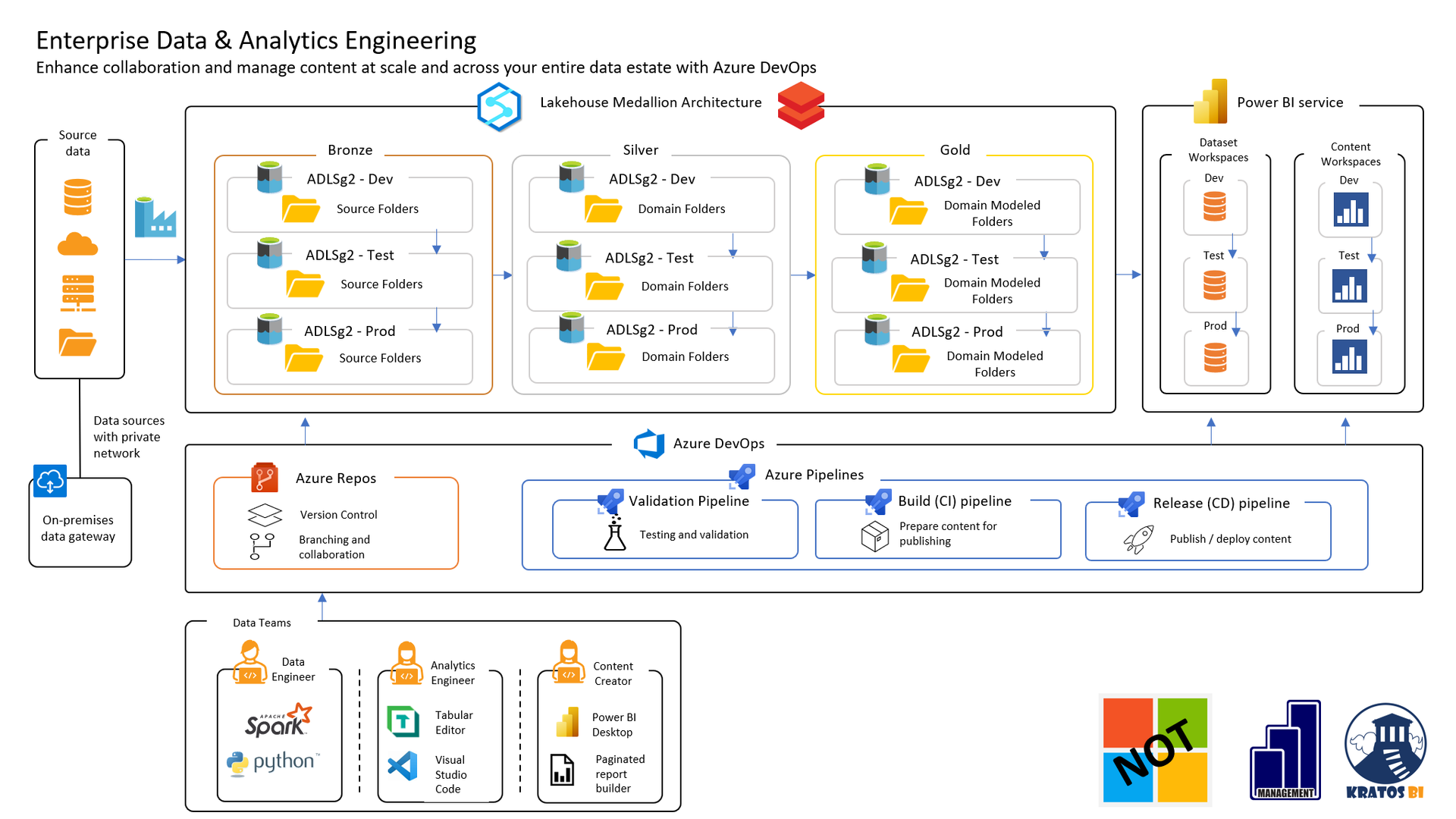Share
Data Wizardry and Epic Adventures: A Day in the Life of a Microsoft Fabric Engineer
Christopher Wagner • November 15, 2023
Data Wizardry and Epic Adventures
by Chris Wagner

CHRIS WAGNER, MBA MVP
Analytics Architect, Mentor, Leader, and Visionary
Chris has been working in the Data and Analytics space for nearly 20 years. Chris has dedicated his professional career to making data and information accessible to the masses. A significant component in making data available is continually learning new things and teaching others from these experiences. To help people keep up with this ever-changing landscape, Chris frequently posts on LinkedIn and to this blog.

Compare Microsoft Fabric and Databricks, two leading data platforms. Highlights their features, strengths, and unique offerings across various domains like data engineering, data analytics, data science, DevOps, security, integration with other tools, cost management, and governance. Microsoft Fabric is noted for its low-code/no-code solutions and seamless integration with Microsoft tools, making it accessible for users with varying technical skills. Databricks is praised for its high-performance capabilities in big data processing and collaborative analytics, offering flexibility and control for experienced data teams.

NOTE: This is the first draft of this document that was assembled yesterday as a solo effort. If you would like to contribute or have any suggestions, check out my first public GIT repository - KratosDataGod/LakehouseToPowerBI: Architectural design for incorporating a Data Lakehouse architecture with an Enterprise Power BI Deployment (github.com) This article is NOT published, reviewed, or approved by ANYONE at Microsoft. This content is my own and is what I recommend for architecture and build patterns.


